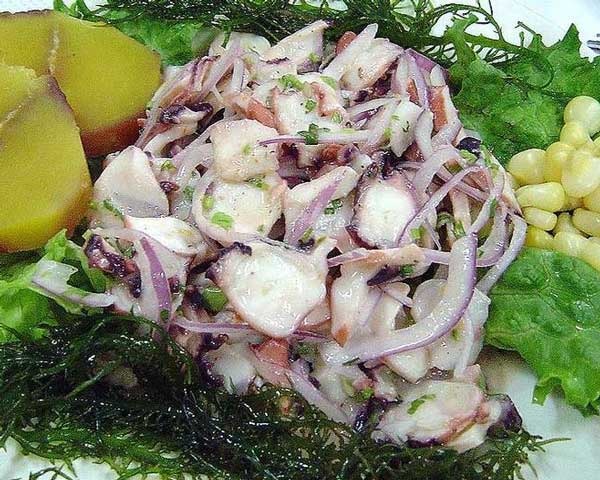What Is Ceviche?
In order to understand ceviche, you need to first understand the power of citrus. When you expose seafood to citrus juices, it "cooks" the seafood without any heat, curing it so it's not raw but just... different, taking on a tender texture and the flavor of the citrus.
That's where ceviche begins, and from there the flavor and ingredient combinations are endless. Ceviche is a popular dish along the coastal regions of Mexico, Central, and South America, and it's a healthy, fresh, flavorful, and insanely delicious way to showcase fresh seafood.
Just about every region south of the U.S. has its own distinct style of preparing ceviche. It's an unofficial national dish in Peru, where it's traditionally diced sea bass marinated with lime or bitter orange juice, onions, and chili peppers, served with corn and diced sweet potatoes. In Ecuador, ceviche is made with shrimp and tomato sauce along with plenty of citrus. In Chile, halibut or Chilean sea bass is marinated with lime and grapefruit juice, garlic, red chili peppers, mint, and cilantro. Mexican preparations typically include avocado and cilantro, in El Salvador it's made with black clam and Worcestershire sauce, lemon juice is the primary citrus in Panama, in Cuba it gets a hit of allspice, in Puerto Rico it's made with coconut milk, and in the Bahamas conch is the most popular seafood used. It can be eaten on its own or scooped up with tortilla or plantain chips.
Of course, there's no one "correct" way to make ceviche, and each chef can put their own twist on otherwise traditional preparations. No matter the preparation, though, there's one constant: the leftover liquid on the bottom of the serving dish is called "leche de tigre" (tiger's milk), and it's some powerful stuff.
